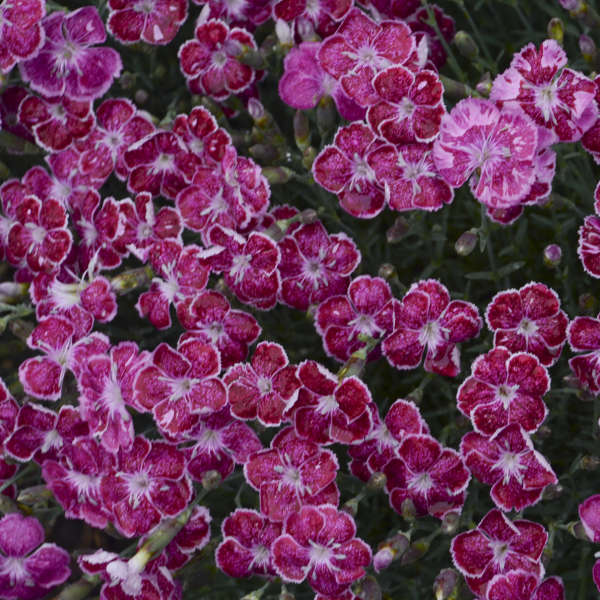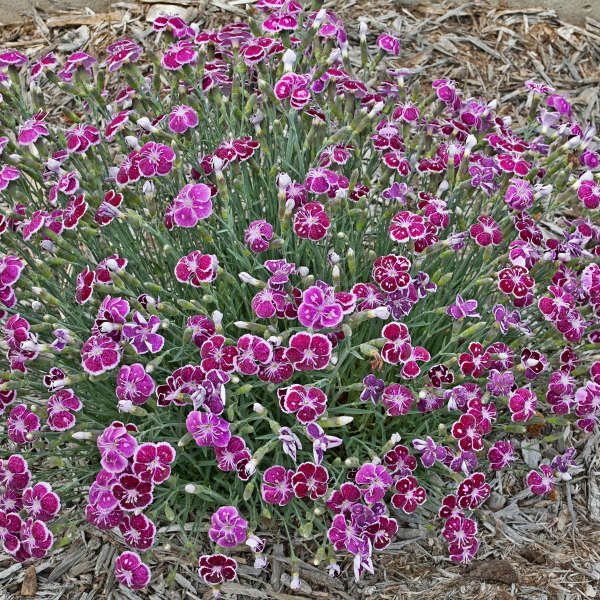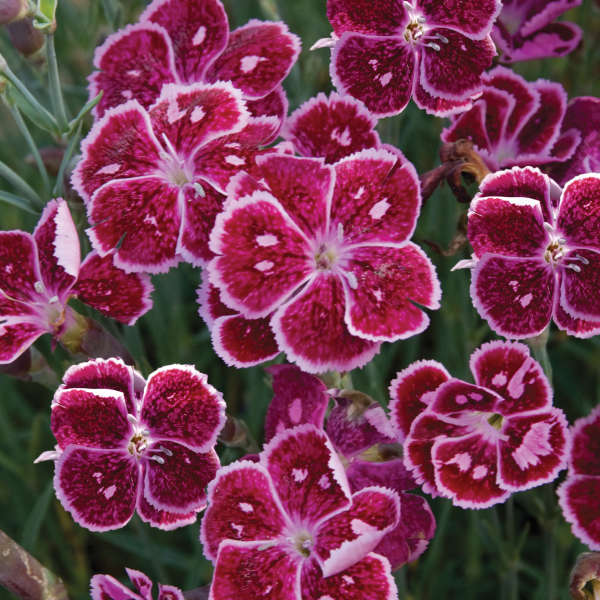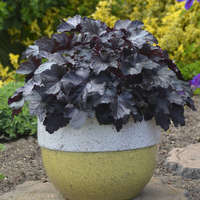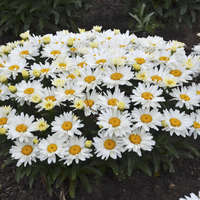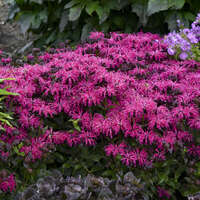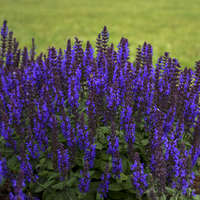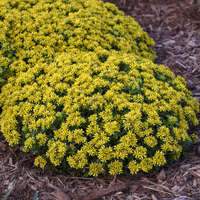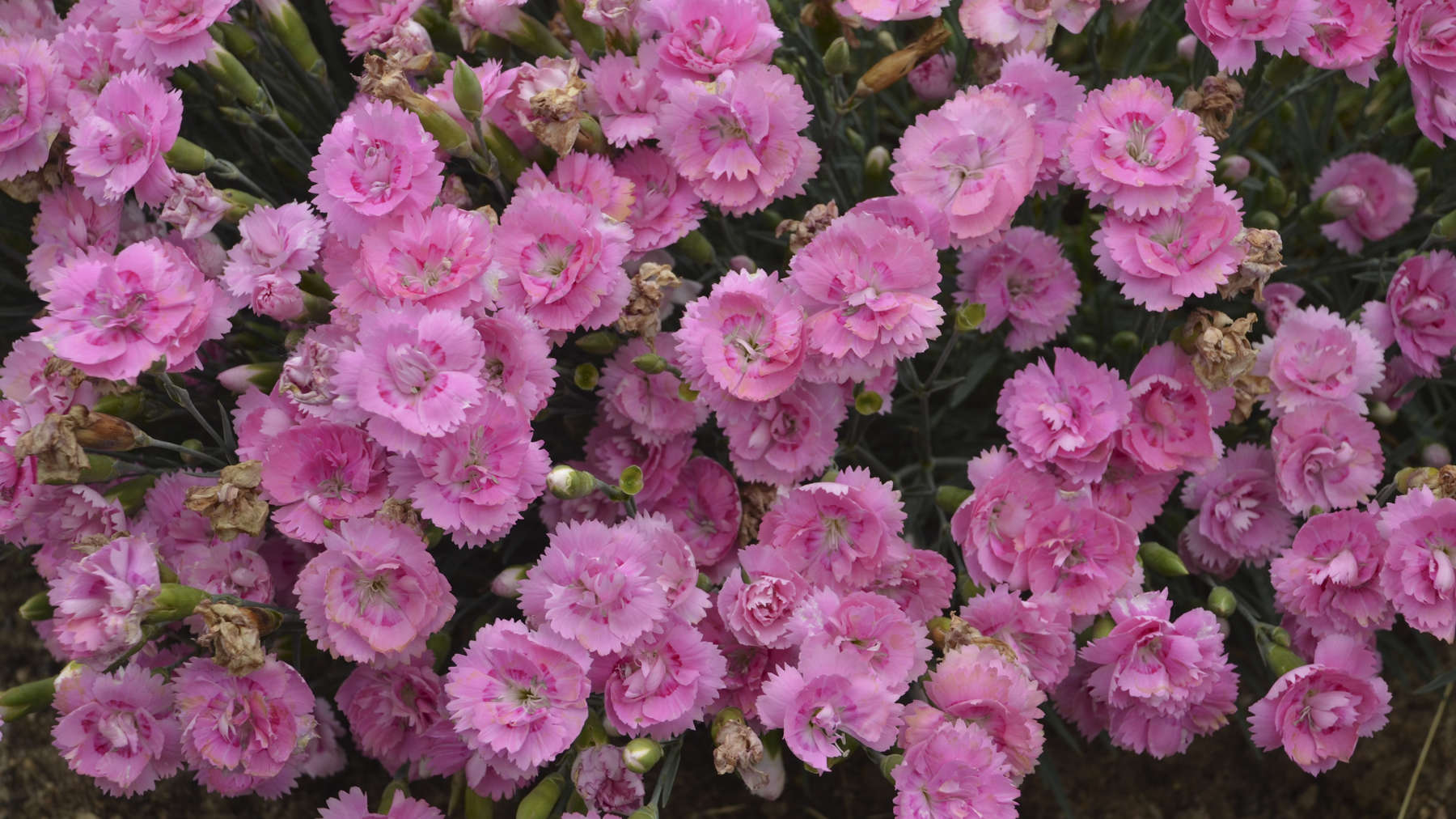Growing Temperature:
Rooting out: 72-75° F
Growing: 62-65° F
Holding Temperature:
45-50° F or outdoors
Soil PH:
5.5-5.8 (may show iron deficiency symptoms at a pH greater than 6.2)
EC (What is EC?):
1.25-2.0 pour through method
Fertility:
Dianthus are moderate feeders. A good dose of compost or slow-release fertilizer will improve performance.
Sensitive to high salt levels.
For Controlled Release or Slow Release Fertilizer, see your preferred supplier for recommended rates for incorporation or top dressing, as it varies by fertilizer.
Vernalization:
For consistent flowering it is recommended to vernalize dianthus for 6-9 weeks.
Pests & Diseases:
To reduce disease, provide good air circulation and maintain humidity levels at 40% to 50%. Keep foliage dry going into nighttime hours. Apply appropriate fungicides as needed according to label rates.
Planting too deep could lead to crown or root rots, mainly due to Rhizoctonia and Pythium. Dianthus are also susceptible to leaf spots caused by various fungal pathogens such as Alternaria and Cladosporium.
Watch for aphids, caterpillars and thrips.
Potting & Timing:
For the best results it is recommended to plant small plugs in mid to late summer to bulk prior to vernalization. This results in a full plant with great flower perfomance in spring. Spring planted dianthus often flower before they achieve the desired size.
Moisture:
Prefers moist, well-drained soil. Water well during root development and keep consistently moist for best growth and flowering. Do not allow plants to stay too wet or too dry, as both extremes may lead to root rot issues.
Planting Level:
Place plugs just at soil level, do not plant too deep.
PGRs/Pinching:
One or two foliar applications using a tank mixture of 2,000 ppm daminozide (Dazide or B-Nine) plus 3 ppm uniconazole (Concise or Sumagic) are effective in controlling stem elongation. One pinch is also recommended for dianthus planted from small plugs, especially if they were not pinched in the plug.
Lighting:
Requires high light in production. Long days may enhance growth.

